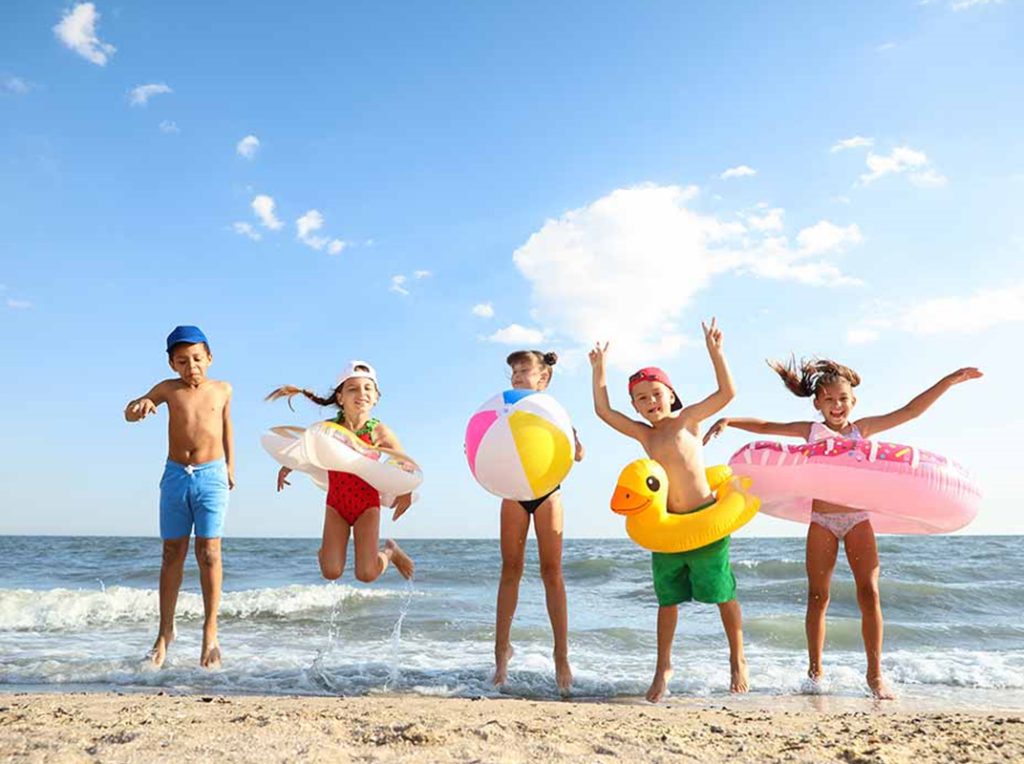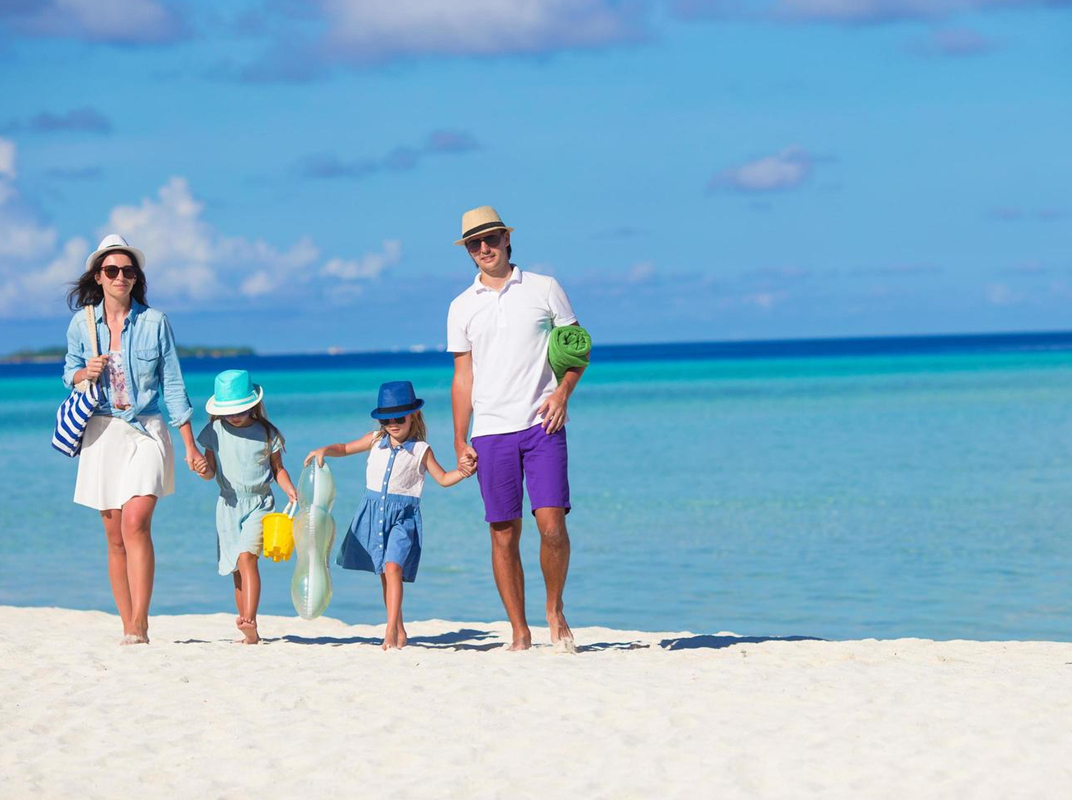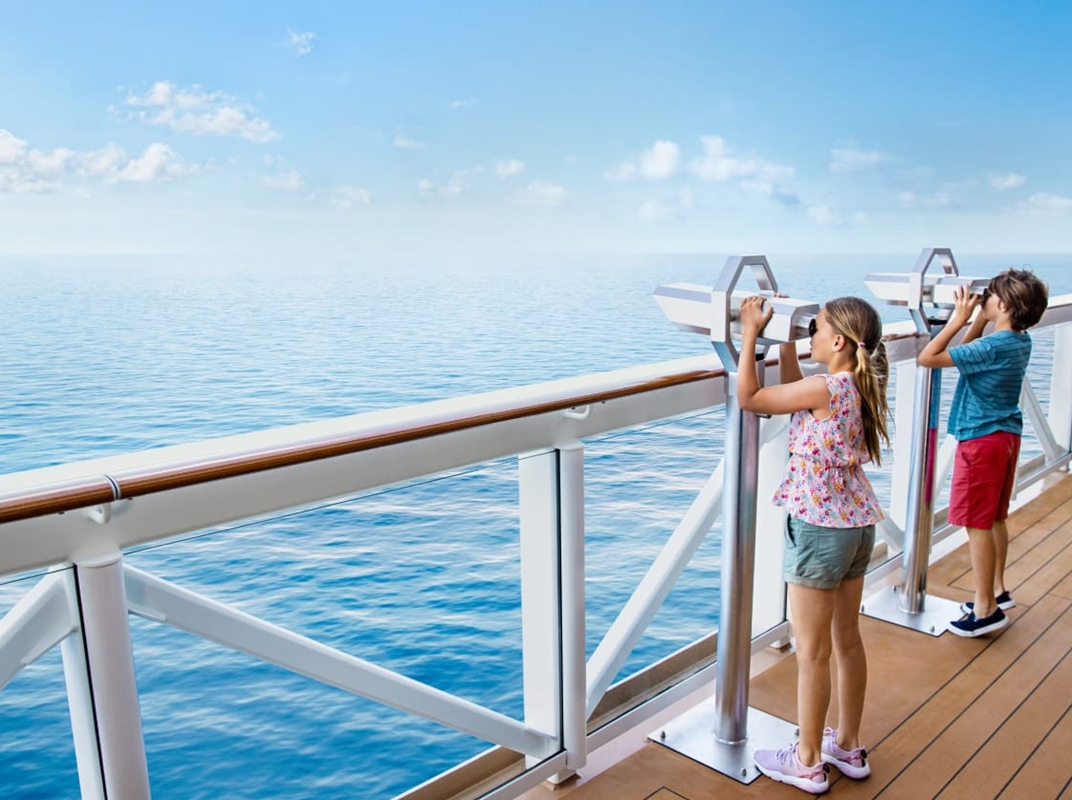Families might lean toward beaches with calm waters or national parks with easy trails, while friends could opt for a mountain cabin with hiking and bonfires. Solo travelers might prefer a coastal town with cafes and day trips. Consider timing: popular spots get crowded in July, so June or August can offer quieter stays. Research weather patterns too—some regions have monsoons or extreme heat, so pack or plan accordingly. Booking accommodations early secures better rates, especially for beachfront rentals or campsites in high demand.
Pack smart to beat the heat and stay prepared. Light, breathable clothing—cotton shirts, shorts, sundresses—keeps you cool, while a lightweight jacket or sweater handles evening chills. Don’t skimp on sun protection: broad-spectrum sunscreen, a wide-brimmed hat, and UV-protective sunglasses are musts. For outdoor trips, sturdy shoes for hiking or walking, a reusable water bottle, and a small backpack for snacks and essentials make days more comfortable. If traveling with kids, pack a few familiar items—like a favorite toy or book—to ease transitions.
Mix planned activities with unstructured time. Schedule 1-2 key outings daily—a morning at the lake, a visit to a local market, or a guided tour—and leave afternoons open for spontaneity. Maybe a rainstorm leads to a board game marathon in the cabin, or a sunset view inspires an impromptu picnic. Summer’s long days mean more time to explore, but don’t overbook. Naps, lazy meals, or simply sitting on a porch watching fireflies are part of the vacation magic.

Embrace local flavors and traditions. Summer brings fresh produce, so hit farmers’ markets for berries or corn to grill. Try regional treats—ice cream from a roadside stand, seafood by the pier, or a local festival celebrating everything from watermelons to music. Talking to locals can uncover hidden gems: a quiet beach access, a scenic bike path, or a family-owned diner with the best milkshakes. These small, authentic moments often become the most cherished.
Stay flexible to roll with summer’s surprises. A sudden downpour might shift a hike to a museum visit; a crowded attraction could lead you to a quieter alternative. Focus on the experience, not the schedule. Capture moments with photos, but put the phone down to fully engage—feel the sand between your toes, taste the salt in the air, or laugh over a burnt campfire hot dog.
By balancing preparation with presence, summer vacations become more than trips—they’re a chance to slow down, connect with loved ones, and soak in the simple joys of the season. The best summer memories aren’t perfect—they’re the ones that feel alive, rooted in the warmth of the moment.



